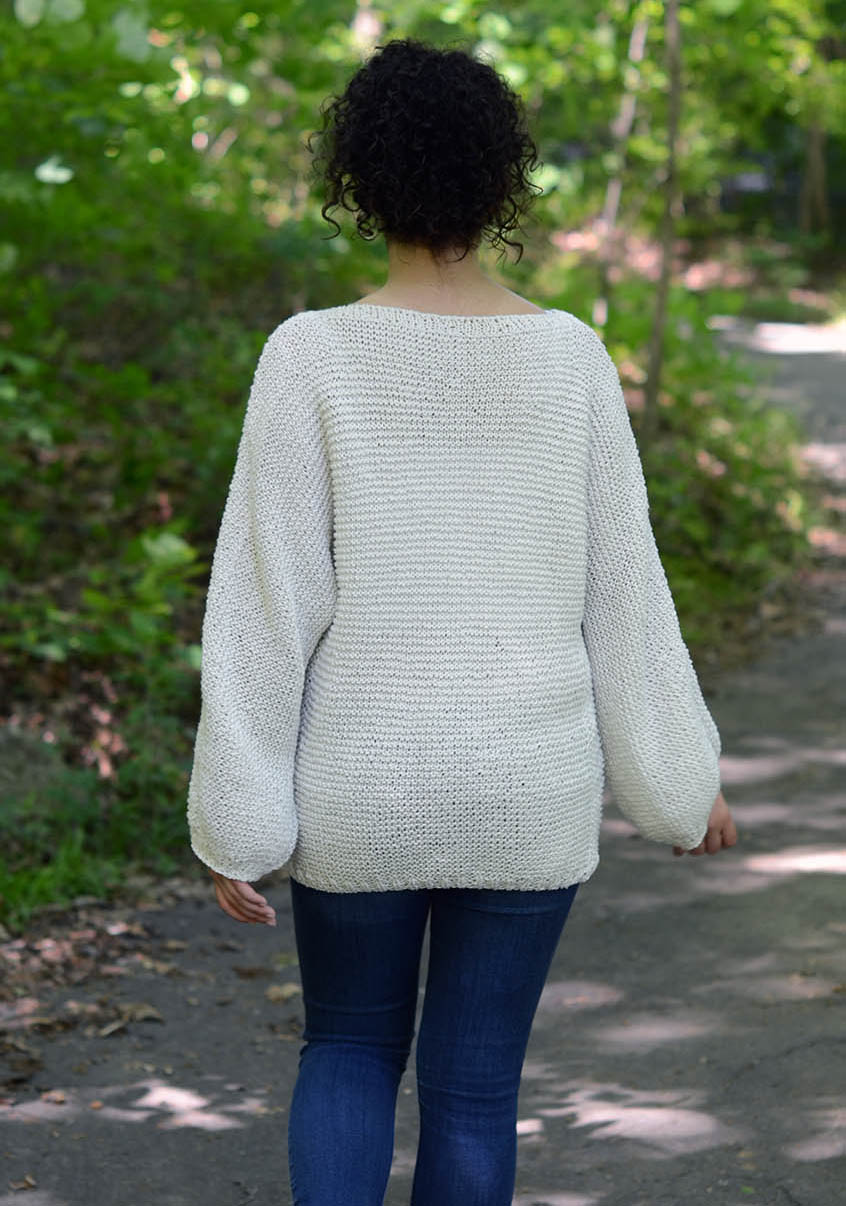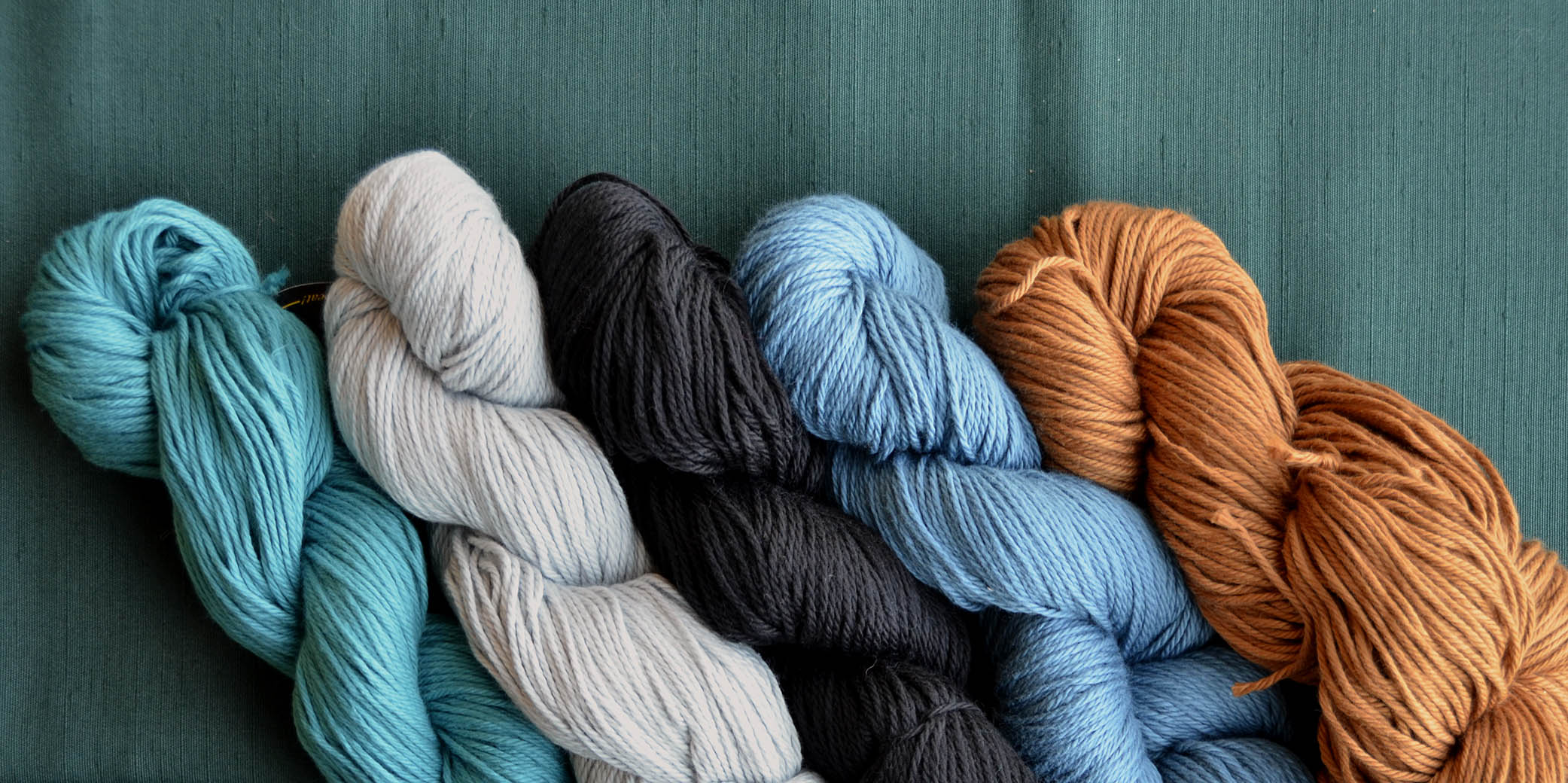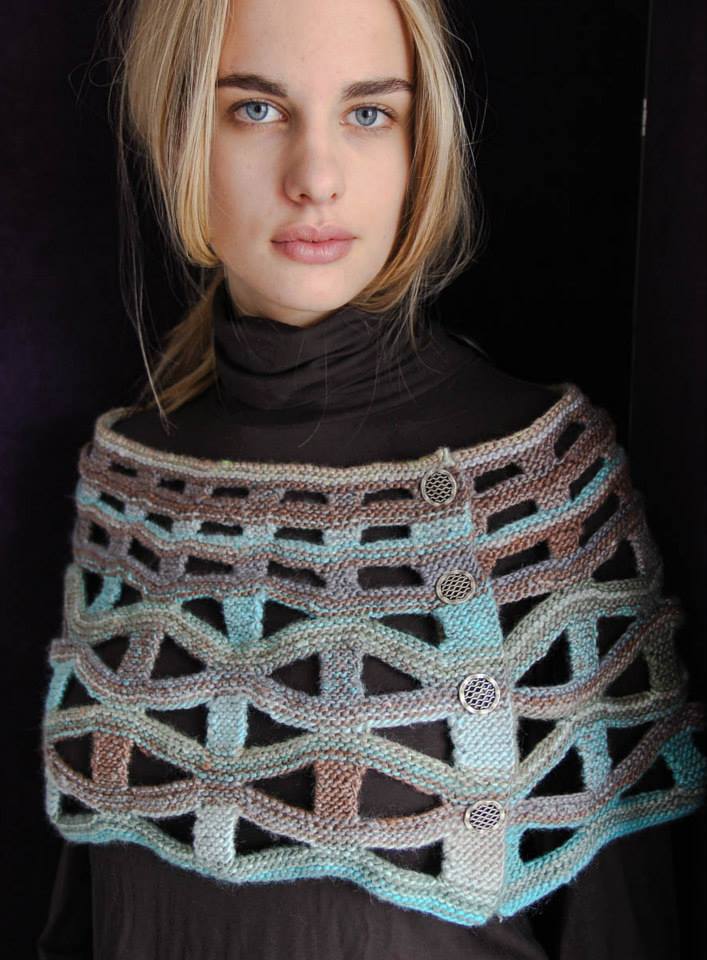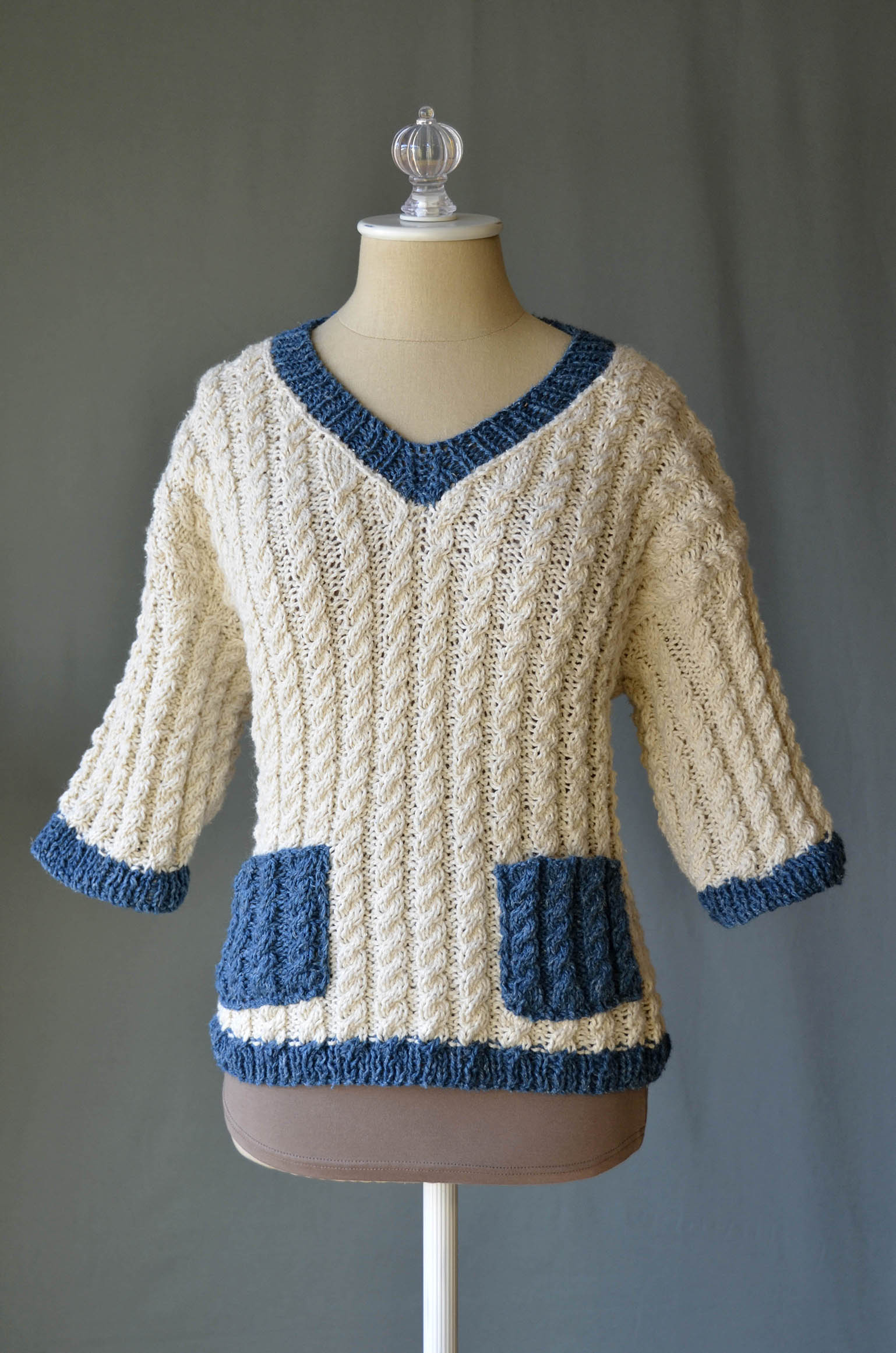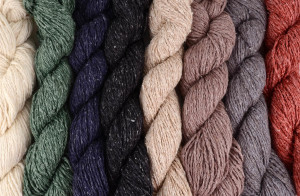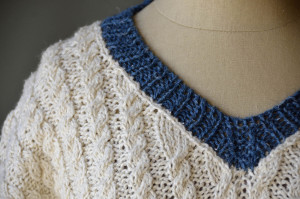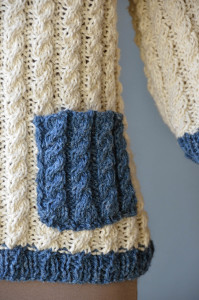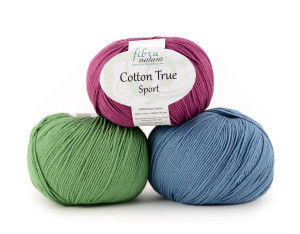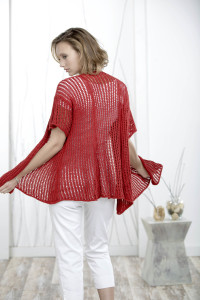I’m delighted to introduce a new occasional feature here on the blog: Amy Answers. Part of my job with Universal Yarn involves answering customer emails and phone calls when pattern issues arise. Sometimes these conversations are regarding an error in the pattern (I hate these! But unfortunately they do happen from time to time). Other times, we talk about what a pattern really means when it tells you to do x, y, and z.
Educating crafters is something I’m very passionate about. In this occasional section of the blog, I’ll be sharing what a customer learns through one of our phone calls, what I learn through one of our phone calls, how to do a stitch patterns in some of our new designs, and whatever else makes sense!
To kick things off, I’ll be doing a photo tutorial on how to join motifs in one of our Polaris patterns, the Laurel Crocheted Stole.
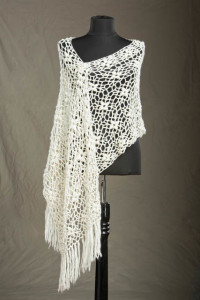
I love love love join-as-you-go motif projects. What this method typically means is that first a full motif is made. Then, the next motif is made less the final round. On that final round, the current motif is joined to the previous motif in multiple places. Sometimes this occurs with just a slip stitch. But in the Laurel pattern, we join “in pattern” with dtrs (double treble crochet).
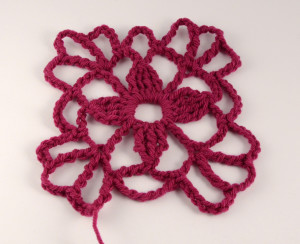
Here is the first motif, rounds 1 and 2. It is complete.
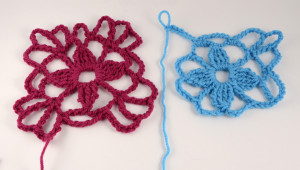
Here is motif 1. Next to it is motif 2 in progress. It shows the completion of round 1, and this first part of round 2: Ch 7, sc in next ch-7, ch 7, (dtr, ch 5, dtr) in next dtr, ch 7, [sc in next ch-7 sp, ch 7] twice,
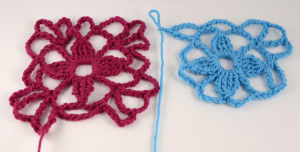
Next we begin to join motif 1 to motif 2. Here is what the next part of the instructions are: * (dtr, ch 2, dtr in corresponding corner sp on previously worked motif, ch 2, dtr) in next dtr *
Notice that there is a string of instructions inside a set of parentheses (we’ll call this A), and then after the parentheses is another string of text (B). This means that that entire set of instructions A happens in B, or in the next dtr. So, the first step is to dtr in the next dtr, which is pictured above on motif 2.
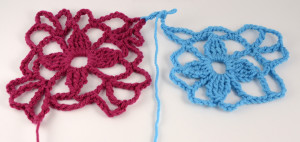
After that, it tells me to “ch 2, dtr in corresponding corner sp on previously worked motif”. This is shown above. The “corner” space is the chain 5 from round 2 of motif 1.
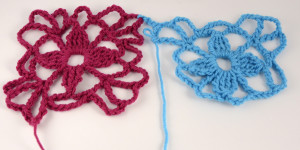
The last action inside the parentheses is to ch 2, dtr in the next dtr (which is the SAME dtr from round 1 of motif 2 as we’ve just dtr’d in), shown above.
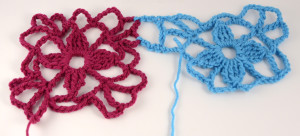
The next part of round 2 is: [ch 3, dtr in next sp on previously worked motif, ch 3, sc in next ch-7 sp] twice.
The photo above shows this done once…
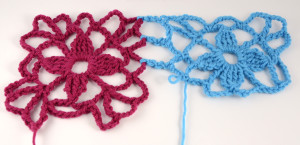
and here it is done twice.
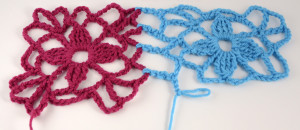
Next, we join to motif 1 in the next space along that same side: ch 3, dtr in next sp on previously worked motif.
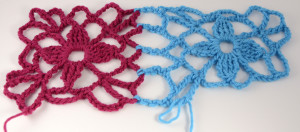
Then we have arrived at the next corner, and we’re instructed to repeat from * to * once more.
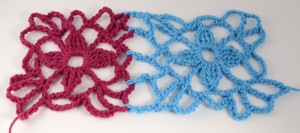
The remainder of motif 2, round 2 is completed without further joining. You can see that motifs 1 and 2 are joined in 5 different spots. Two of them are in corner spaces, and the other 3 are in the chain 7 spaces in between the corners.
So this solves joining one motif to the side of another. But wait, there’s more! Because the Laurel stole is 5 motifs wide x 17 motifs high, there will be a number of motifs that will be joined on more than one side. Below demonstrates how to do the “Two-Sided Join” described in the pattern.
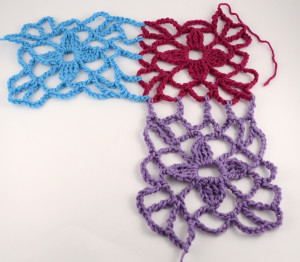
To demonstrate, first I’ve made a third motif and joined it to motif 1 in the same way as shown above.
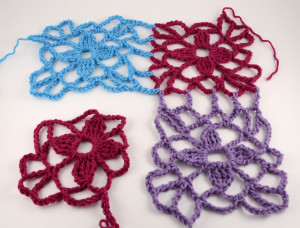
Here we have motif 4 started and ready to begin joining to motif 3.
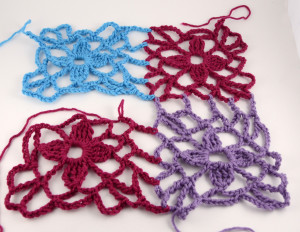
The joining process is the same as before until we get to that corner spot. This part is a little different.
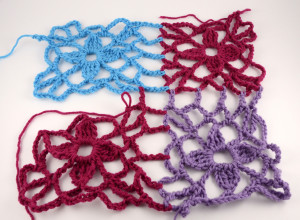
This next part of round 2 reads: , (dtr, ch 2, dtr in corresponding ch-5 corner sp on previously worked motif, sk ch-5 corner sp on next previously worked motif, dtr in ch-5 corner sp of next previously worked motif, ch 2, dtr) in next dtr.
So, to break it down, we dtr in the next dtr (same motif, motif 4), ch 2, dtr in corresponding ch-5 corner on previously worked motif (motif 3/purple), skip the next ch-5 corner space (motif 1/pink), then dtr in the next corner (motif 2/blue), ch 2, dtr in same dtr on current motif.
Whew!
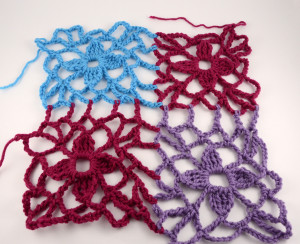
Then we finish joining to motif 2 (blue) and then complete round 2 of the current motif, motif 4.
I’ve shown my motifs in different colors of Uptown Worsted for the sake of clarity. The original stole worked in Polaris 61002 is beautiful in pure white. I know this project would look really lovely in some of the more multi colors of Polaris too. Motifs show off colorful yarns nicely.
I hope this helps for any crocheters out there working on the Laurel stole or another join-as-you-go project.
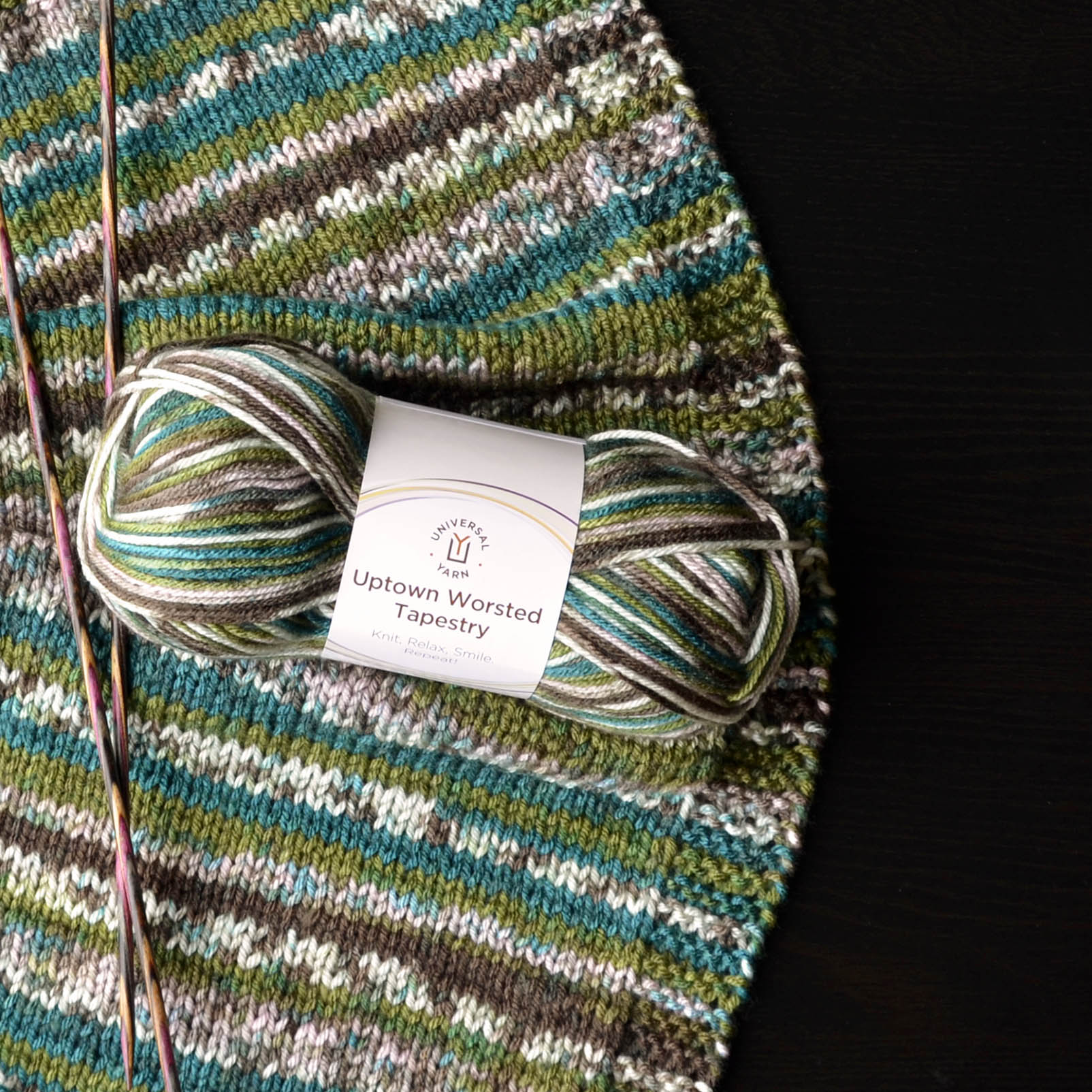 What a pleasure to knit with. We developed Uptown Worsted Tapestry (180yds/100g) in response to many requests from local yarn stores mourning the loss of Classic Worsted Tapestry, a wool/acrylic blend. We took the dozen most popular colors of that yarn and brought them back in our Uptown line.
What a pleasure to knit with. We developed Uptown Worsted Tapestry (180yds/100g) in response to many requests from local yarn stores mourning the loss of Classic Worsted Tapestry, a wool/acrylic blend. We took the dozen most popular colors of that yarn and brought them back in our Uptown line. Uptown Worsted Tapestry has the same soft hand and pleasant feel as Uptown Worsted, and can be used interchangeably for gauge, making it a seamless transition when placing a burst of patterning in a solid background. The free His and Hers Yoke Sweaters shown here are a great example of this.
Uptown Worsted Tapestry has the same soft hand and pleasant feel as Uptown Worsted, and can be used interchangeably for gauge, making it a seamless transition when placing a burst of patterning in a solid background. The free His and Hers Yoke Sweaters shown here are a great example of this. Because this yarn is such a spot-on color match, we’re re-releasing some favorite patterns originally designed for Classic Worsted Tapestry. Playful Accessories and Throw was formerly a pay collection only available in print. We’ve made it available now as a free download. Any of these would work perfectly in Uptown Worsted Tapestry.
Because this yarn is such a spot-on color match, we’re re-releasing some favorite patterns originally designed for Classic Worsted Tapestry. Playful Accessories and Throw was formerly a pay collection only available in print. We’ve made it available now as a free download. Any of these would work perfectly in Uptown Worsted Tapestry.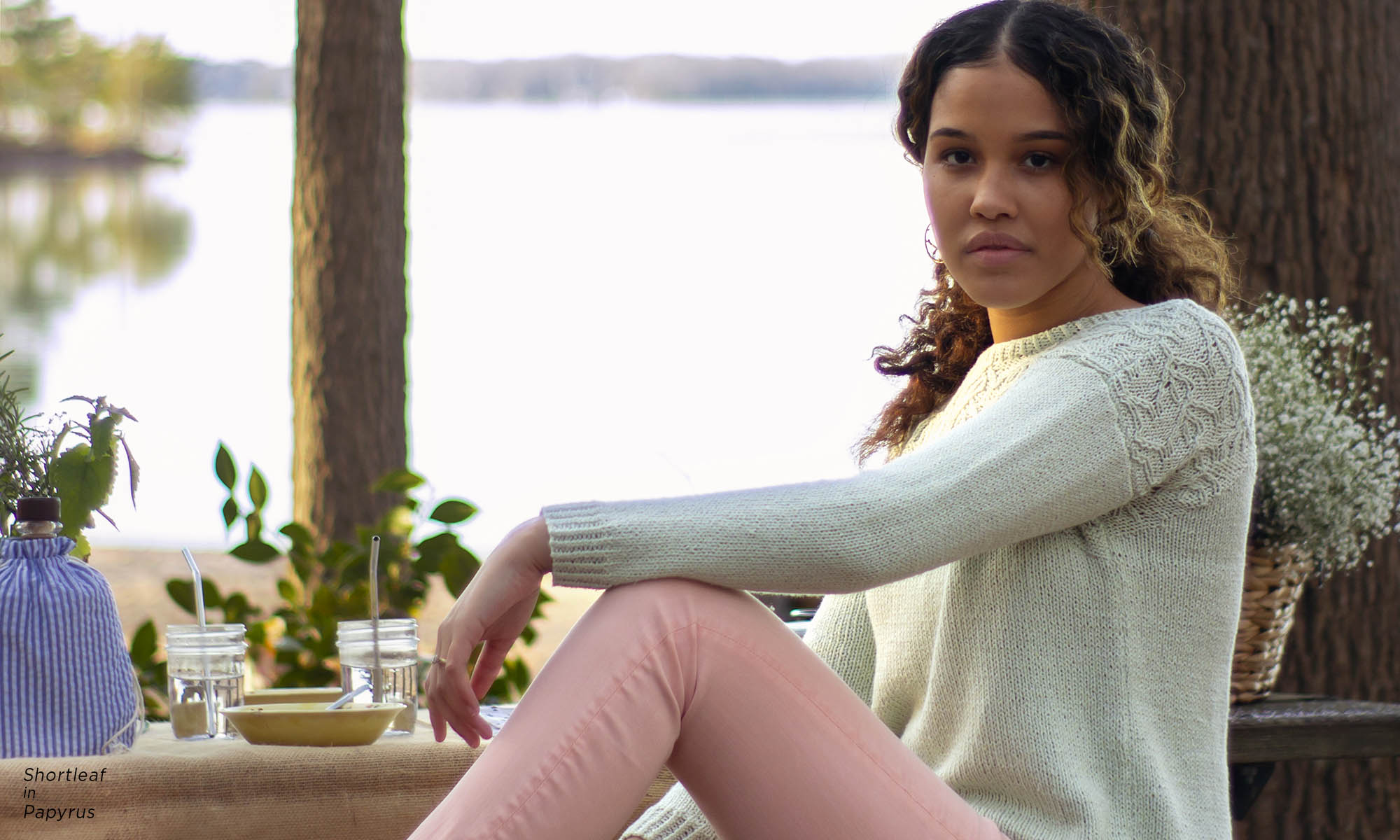


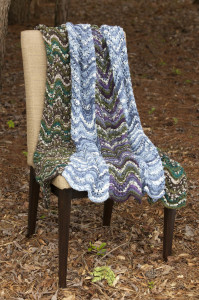
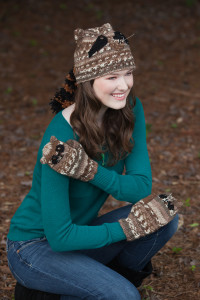

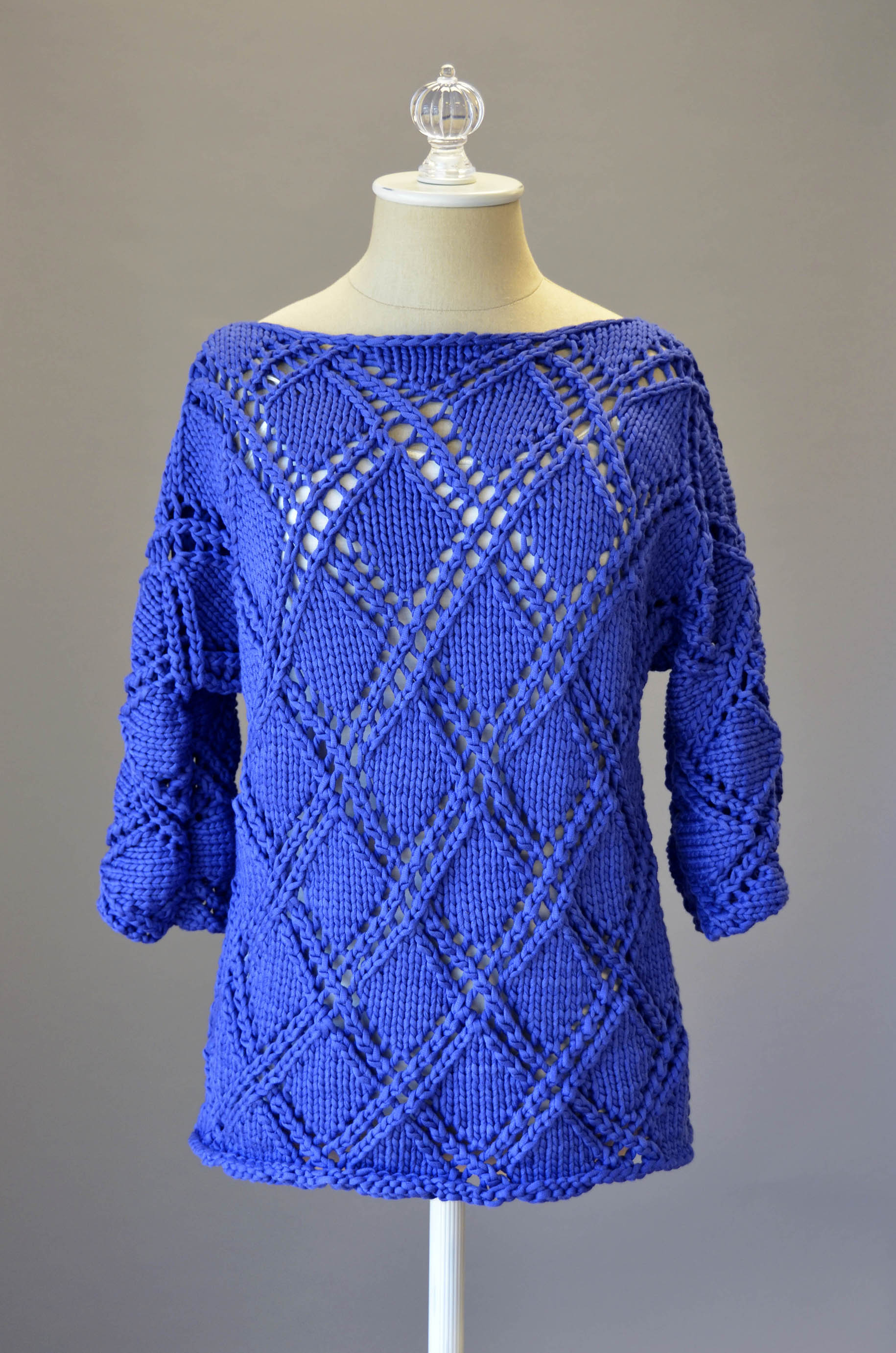
 Ariana is a bamboo tube with light polyamide fibers inside, achieving its size without a lot of weight to stretch and drag. It’s great fun in accessories like the
Ariana is a bamboo tube with light polyamide fibers inside, achieving its size without a lot of weight to stretch and drag. It’s great fun in accessories like the 
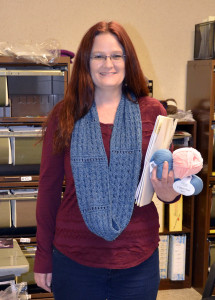
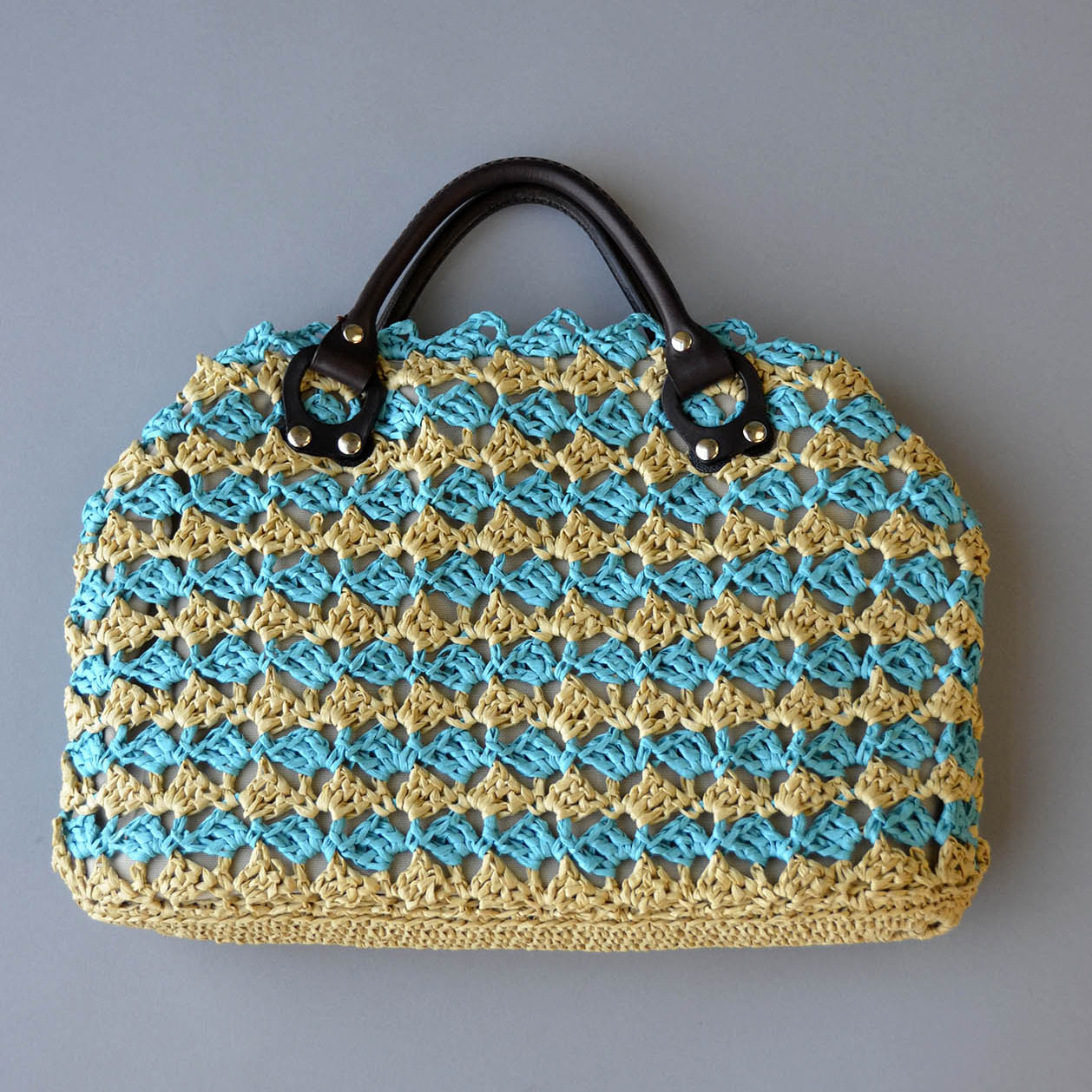
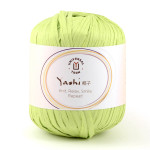 Today, the
Today, the 

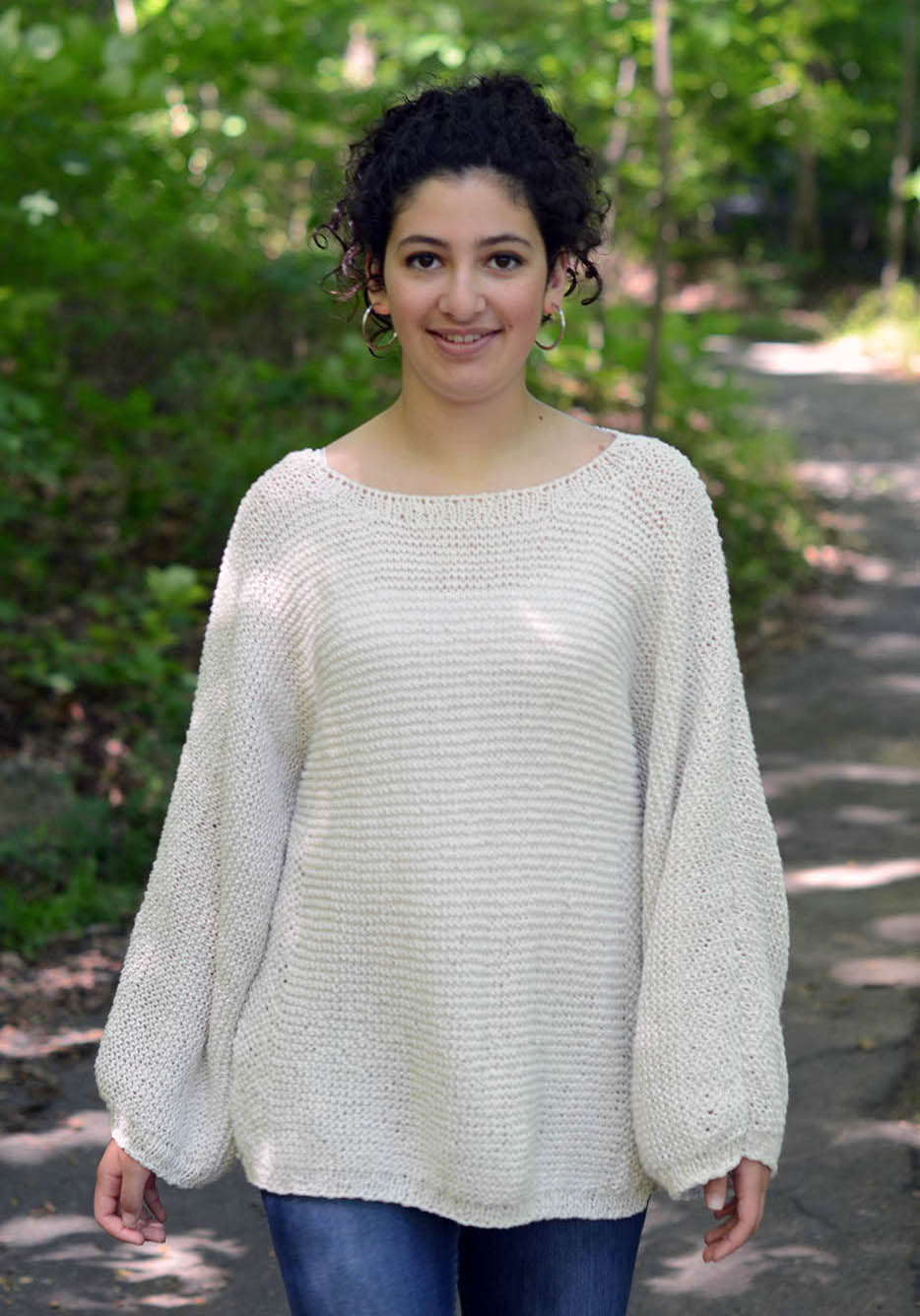
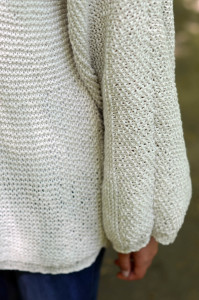 What a great fit for the changing of the seasons. Big and slouchy, but in the cool cotton/linen blend of
What a great fit for the changing of the seasons. Big and slouchy, but in the cool cotton/linen blend of 